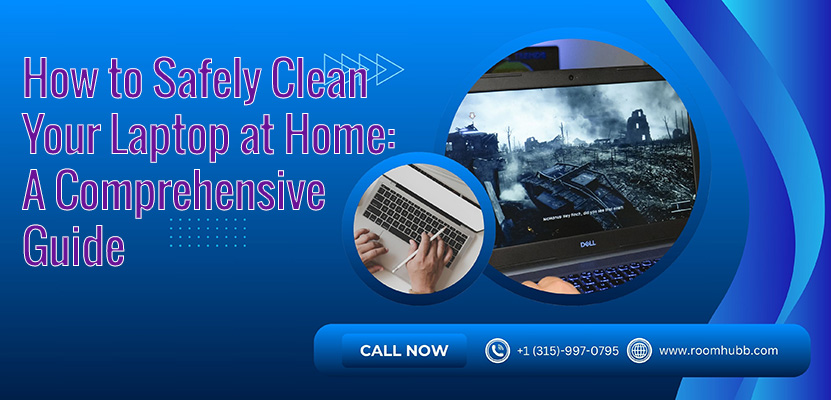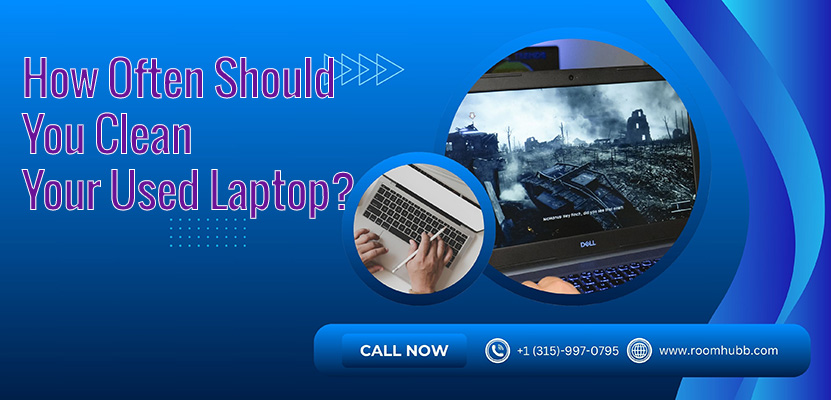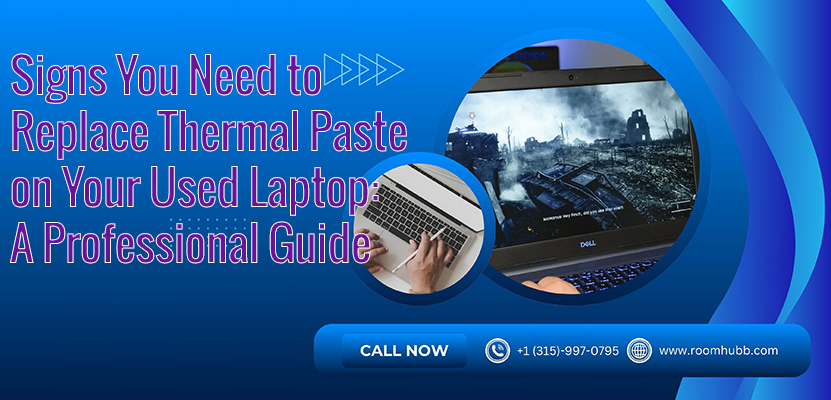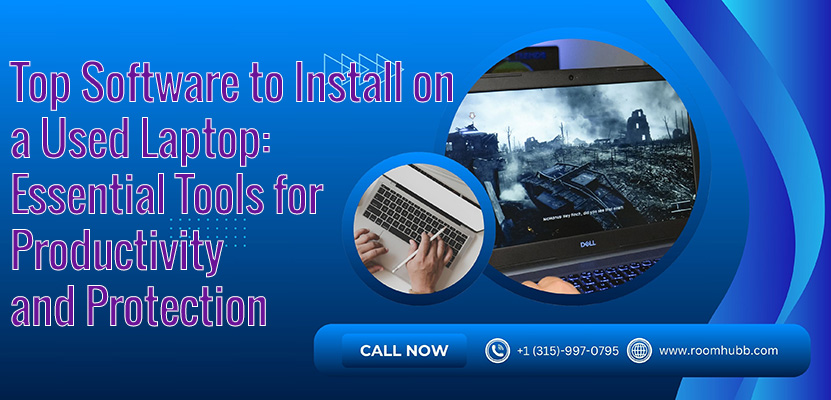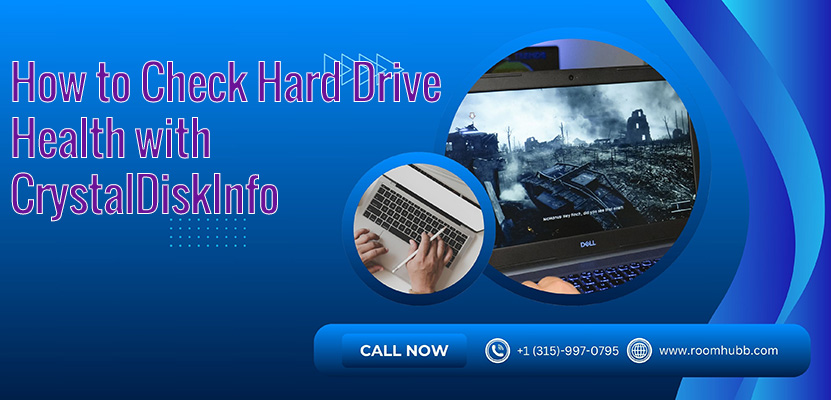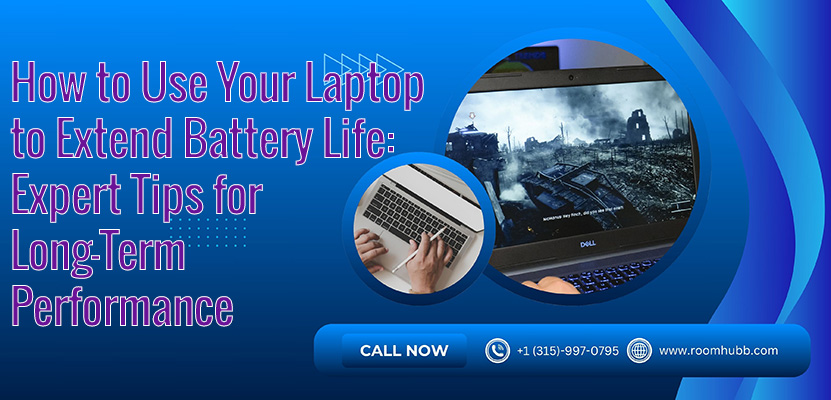Tips For Using And Maintaining A Used Laptop
Laptop Overheating Issue: Causes and Solutions
The laptop overheating issue is one of the most common and frustrating problems faced by both students and working professionals, especially those using older or used laptops. When your machine heats up excessively, it affects performance, battery life, and long-term hardware stability.
In this article, we’ll break down the causes of overheating, practical fixes, and how to prevent it from happening in the future. Whether you’re using your laptop for work, study, or casual browsing, understanding the laptop overheating issue is essential for a smooth experience.
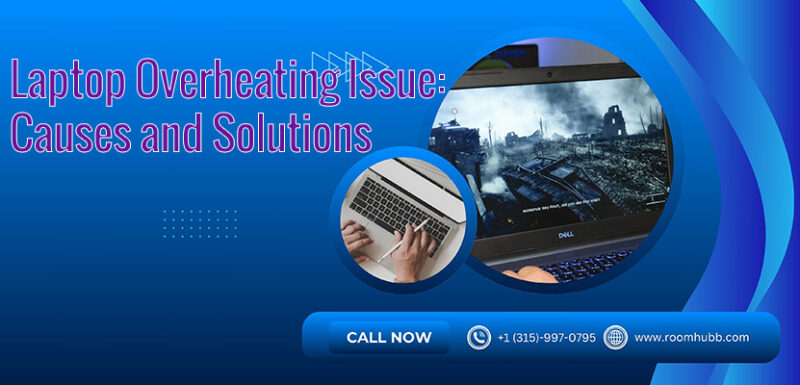
Understanding the laptop overheating issue
Before jumping into solutions, let’s clarify what the laptop overheating issue actually entails.
A laptop is designed to operate efficiently under a certain thermal threshold. When it surpasses that threshold – typically 85-95°C for the CPU or GPU – it can:
- Throttle performance to reduce heat
- Drain the battery faster
- Cause instability or random shutdowns
- Shorten hardware lifespan
If your laptop feels hot to the touch, the fan is constantly loud, or the system freezes during multitasking or gaming, you’re likely experiencing a laptop overheating issue.
Refer to the Used Dell Latitude 5520 Laptop with Core i5 for more options
Common causes of laptop overheating
Identifying the source is the first step in solving the laptop overheating issue. Below are the most frequent culprits:
Dust accumulation
Over time, dust builds up inside the laptop, especially around the cooling fan and heatsink.
- It clogs the air vents, preventing proper airflow
- The fan has to work harder, often at max speed
- Heat gets trapped inside the system
Dried-out thermal paste
The thermal paste between your CPU/GPU and the heatsink degrades with age.
- Reduced heat transfer efficiency
- High CPU temps even with low workload
- Common in used laptops older than 2-3 years
Faulty or inefficient cooling fans
Fans can degrade or fail entirely.
- May spin slowly or not at all
- Makes the cooling system ineffective
- Leads to frequent shutdowns or blue screen errors
Heavy background processes
Even with good hardware, software issues can trigger a laptop overheating issue.
- Too many browser tabs or apps running simultaneously
- High CPU usage from background services
- Malware mining cryptocurrency or spying
Blocked air vents
Where you use your laptop matters.
- Placing it on soft surfaces like beds, cushions, or laps can block airflow
- No space for hot air to escape leads to internal heat buildup
Practical solutions to fix laptop overheating
Now that you understand the possible reasons, let’s explore effective solutions for the laptop overheating issue.
Clean the internal components
If you’re comfortable opening your laptop:
- Use compressed air to blow out dust from fans and vents
- Use a soft brush to gently clean the heatsink and motherboard
- Clean intake/exhaust vents from the outside regularly
This alone can reduce internal temperature by up to 15°C.
Replace the thermal paste
This is especially important for used laptops.
- Remove the old thermal paste using isopropyl alcohol
- Apply a small amount of new paste (e.g., Arctic MX‑4 or Noctua NT-H1)
- Reattach the heatsink and fan properly
Doing this can restore the laptop’s original cooling efficiency and solve the laptop overheating issue.
Use a cooling pad
An external cooling pad can assist airflow, especially if your internal fans are struggling.
- Helps dissipate heat from the base
- Ideal for older laptops or long working sessions
- Affordable and easy to use
Limit background activity
Software optimization can reduce heat generation.
- Use Task Manager (Ctrl+Shift+Esc) to disable unnecessary startup apps
- Uninstall bloatware or unused software
- Scan for malware using a trusted antivirus
- Keep your operating system and drivers updated
These steps not only reduce CPU/GPU load but also minimize the laptop overheating issue caused by excessive software activity.
Improve laptop placement
- Always use the laptop on hard, flat surfaces
- Avoid using it directly on a bed, sofa, or carpet
- Elevate the rear slightly using stands or books for better airflow
Small placement changes often have a big impact on temperature control.
Preventive maintenance for used laptops
If you’re using a refurbished or second-hand device, chances are you’re already at higher risk of facing a laptop overheating issue. Here’s how to stay proactive:
- Clean the inside every 6-12 months
- Replace thermal paste every 2-3 years
- Invest in a quality laptop stand or cooling pad
- Monitor temperatures regularly using tools like HWMonitor or HWiNFO
- Set power plans to “Balanced” rather than “High Performance” unless needed
When to seek professional help
DIY fixes are useful, but certain cases require expert intervention:
- Fan not spinning even after cleaning
- Laptop shuts down despite recent maintenance
- Thermal paste reapplication made no difference
- BIOS or firmware issues affecting thermal management
Roomhubb, for instance, offers complete laptop diagnostic and thermal maintenance services for used laptops. Our technicians can identify and resolve the root causes of the laptop overheating issue while ensuring your system is safe and optimized.
Can the laptop overheating issue cause permanent damage?
Yes – prolonged overheating can significantly reduce your laptop’s lifespan:
- Can warp the motherboard
- Degrades battery life rapidly
- Damages the CPU/GPU solder points (especially in thin ultrabooks)
- Risk of SSD/HDD data corruption from heat stress
That’s why early detection and intervention are crucial. Don’t ignore minor fan noise or occasional lag – they’re often early warnings of a laptop overheating issue.
Choosing the right laptop to avoid overheating
If you’re planning to buy a used laptop, make sure you:
- Choose business-class models like Dell Latitude, HP Elitebook, or Lenovo ThinkPad which have better thermal designs
- Avoid ultra-thin models if you use your laptop for long hours or heavy tasks
- Look for systems that allow easy fan and thermal paste access for future servicing
These steps reduce the chances of encountering a laptop overheating issue in the first place.
Final thoughts: Don’t ignore the heat
The laptop overheating issue is more than just an inconvenience – it’s a sign your device needs attention. Whether caused by dust, degraded thermal paste, failing fans, or bad usage habits, overheating must be addressed to preserve your laptop’s performance and health.
Start with simple steps like cleaning and software optimization. If those don’t work, consider thermal paste replacement or professional servicing. Especially with used laptops, regular thermal care is not optional – it’s essential.
EXPLORE MORE TIPS FOR USING AND MAINTAINING A USED LAPTOP

